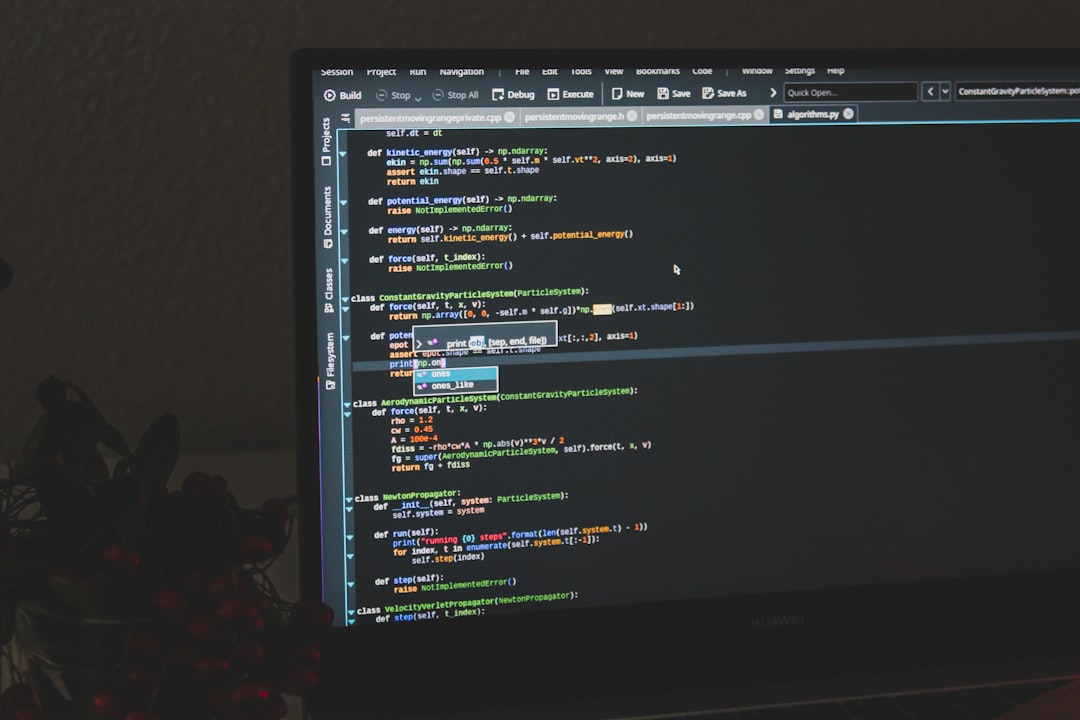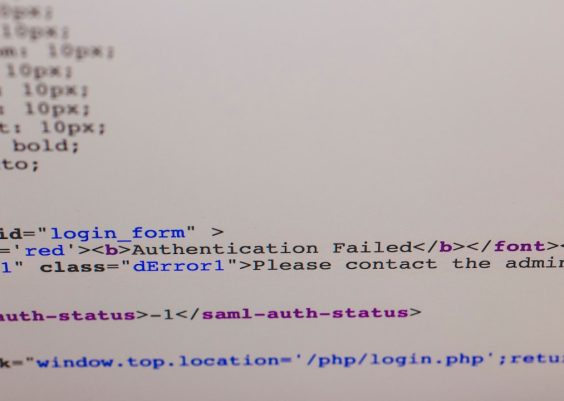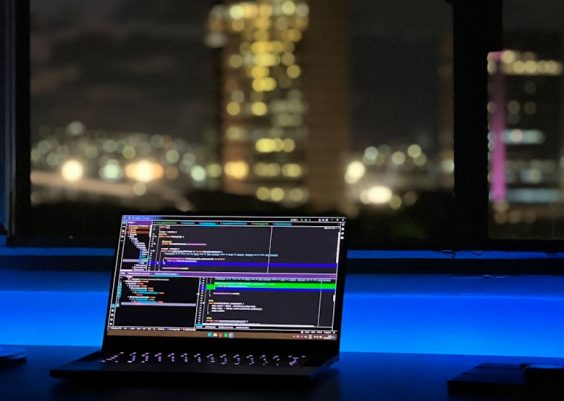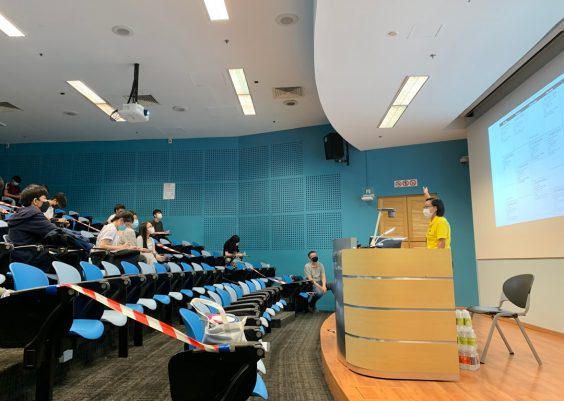Encountering a cursor error when calling tool ‘edit_file’ can be frustrating, especially when deadlines loom and work needs to be completed quickly. This type of error typically arises in programming environments or integrated development environments (IDEs) where user interaction with code editors or scripts involves automated cursor positioning. While this can sound technical and intimidating, resolving this issue is much easier than it seems when approached logically.
This article explains the common causes of this error, easy ways to fix it, and best practices to prevent it from reoccurring. Whether you’re a beginner or an experienced developer, understanding the root of this problem and how to solve it will improve your workflow dramatically.
Contents
What Causes the Cursor Error When Using ‘edit_file’?
The error message typically occurs when a program or script uses an editing tool (commonly called ‘edit_file’) and fails to locate or control the cursor within the file. There can be several reasons behind this error:
- File Not Found: The file referenced in the command might not exist.
- Permission Issues: The tool does not have the necessary permissions to edit or access the file.
- Incorrect Cursor Position: The tool is trying to place the cursor in a line or column that does not exist.
- Outdated or Corrupted Plugins: Some tools rely on plugins or extensions, which, if outdated or corrupted, can cause cursor-related errors.
- File Already Opened by Another Process: Conflicts arise when multiple programs try editing the same file simultaneously.

Quick and Easy Solutions
If you’re facing this error, the following steps can help you resolve it quickly:
- Check File Path: Always make sure the file path provided is correct. Double-check the directory, filename, and extension to eliminate typographical errors.
- Use Try-Catch Blocks: If you’re writing a script or code that calls ‘edit_file’, include error-handling logic. This can prevent your program from exiting abruptly and provide more useful debugging info.
- Verify Cursor Position: Before invoking the edit tool, check if the target cursor position is valid. For example, if your script is trying to move the cursor to line 100 but the file only has 50 lines, an error is inevitable.
- Update Your Tools: Ensure that the software or IDE you are using is up to date. Developers regularly fix bugs and improve stability with updates.
- Grant Permissions: On systems like Linux and macOS, you might need to manually give executable and editable permissions to the target files using commands like
chmod.

Preventive Measures
To avoid future instances of this cursor-related error, consider the following best practices:
- Automate Cursor Validation: Write a small utility to validate that cursor positions are within the bounds of the file.
- Implement Logging: Keep a log of all file edits, error triggers, and cursor movements for easier debugging.
- Regular Backups: Always back up source files before editing them via tools and scripts.
- Test in Isolated Environment: Before deploying a toolchain that involves extensive file edits, test it in a controlled environment.
Common Scenarios Where This Error Occurs
This error is more common in automated development setups such as:
- CI/CD pipelines
- Automated code formatting tools
- Dynamic configuration file editors
- Text editors with scripting interfaces (e.g., VSCode, Sublime Text, or Vim)
FAQs About Cursor Error With ‘edit_file’
-
Q: What does this error actually mean?
A: It means the editing tool failed to place the cursor in the proper location, likely due to a misconfigured file or invalid command. -
Q: Can this error cause data loss?
A: Rarely, but if a script unexpectedly ends without saving changes, data could potentially be lost. Always back up files before automating edits. -
Q: Is there a universal fix?
A: No single solution fixes every case, but validating cursor positions, checking file accessibility, and handling errors gracefully often resolves the issue. -
Q: Which IDEs are most prone to this?
A: Errors can happen in any IDE with scripting features, but they’re more common in complex configurations or when using third-party extensions. -
Q: Should I stop using ‘edit_file’?
A: Not necessarily. It’s a powerful tool when used properly. Just ensure all parameters are valid before calling it.
In conclusion, while a cursor error when calling tool ‘edit_file’ might interrupt your workflow, it is often the result of preventable issues. With some attention to detail and the right debugging strategies, these errors can be resolved swiftly and avoided altogether in future projects.




